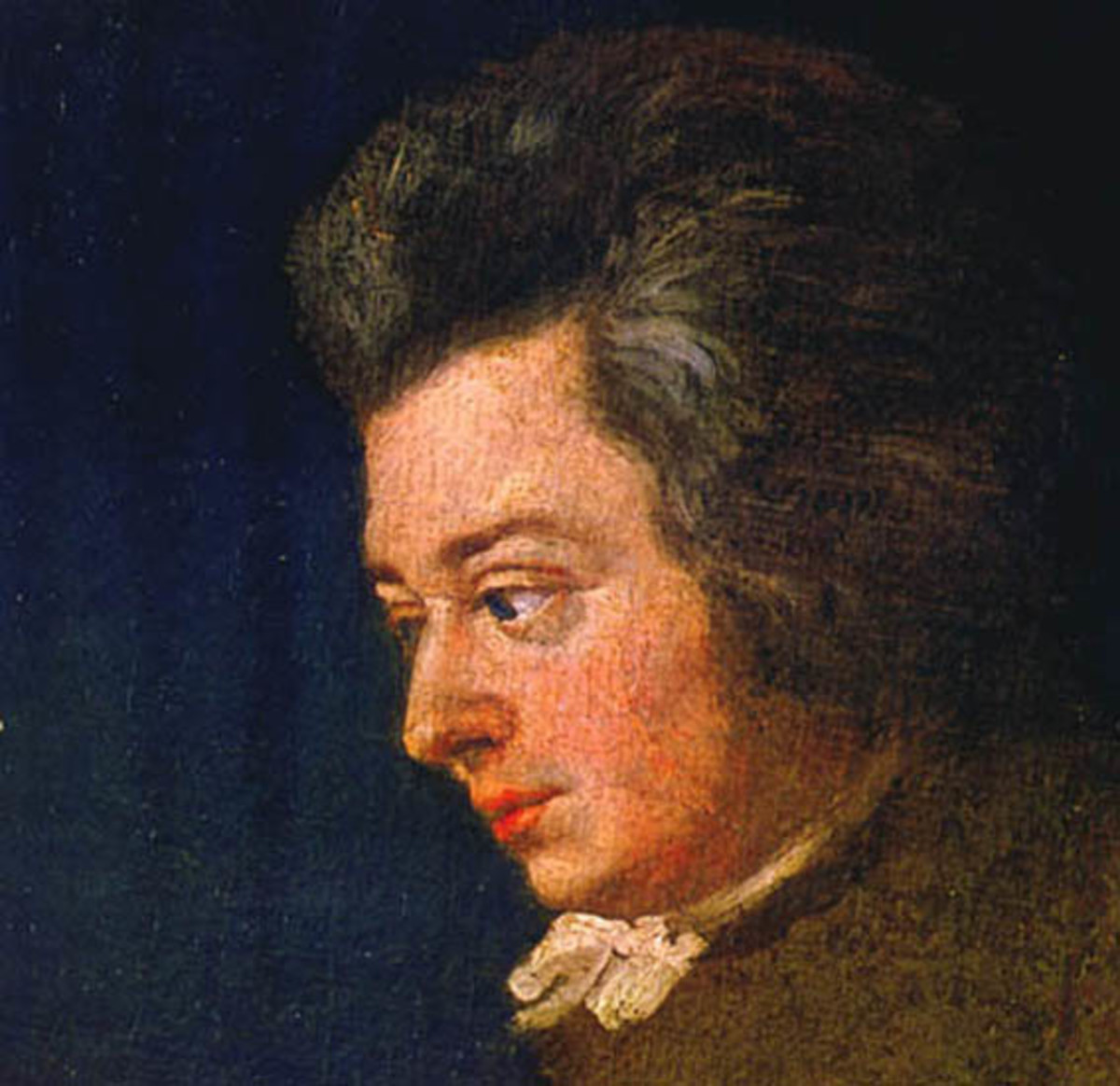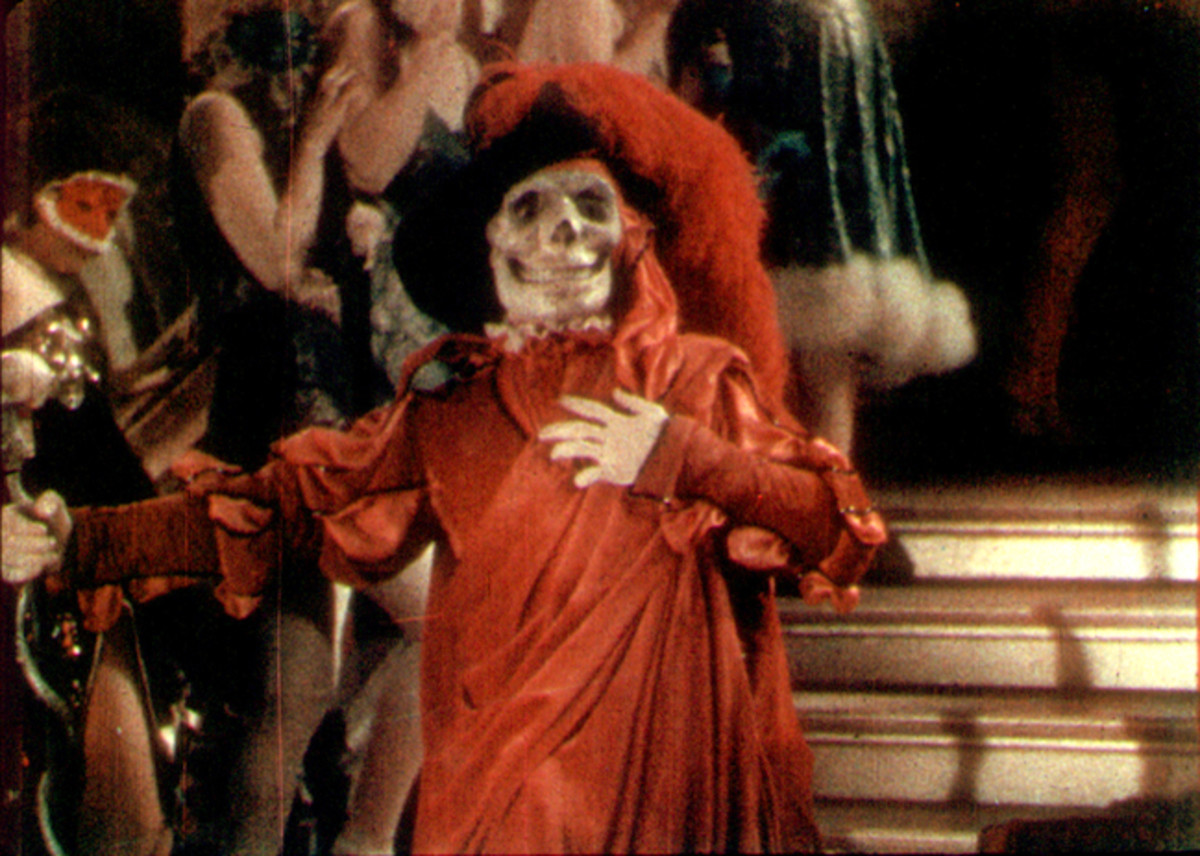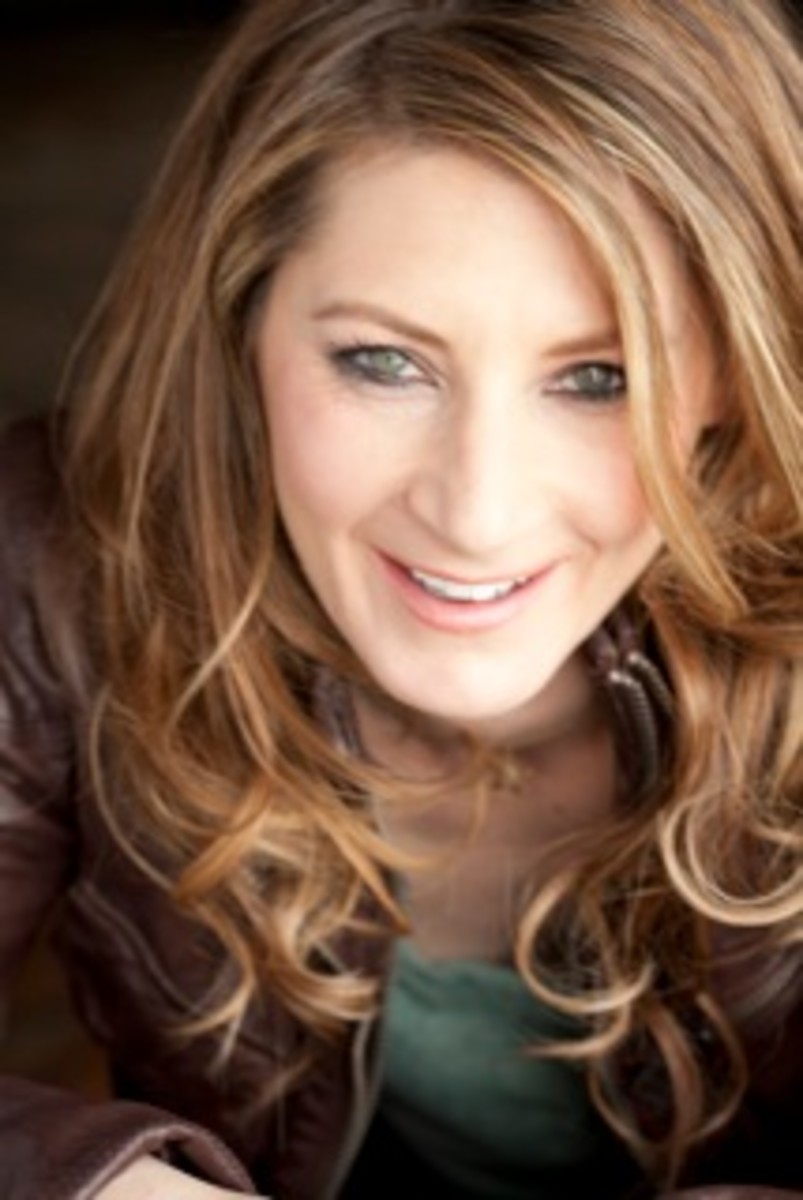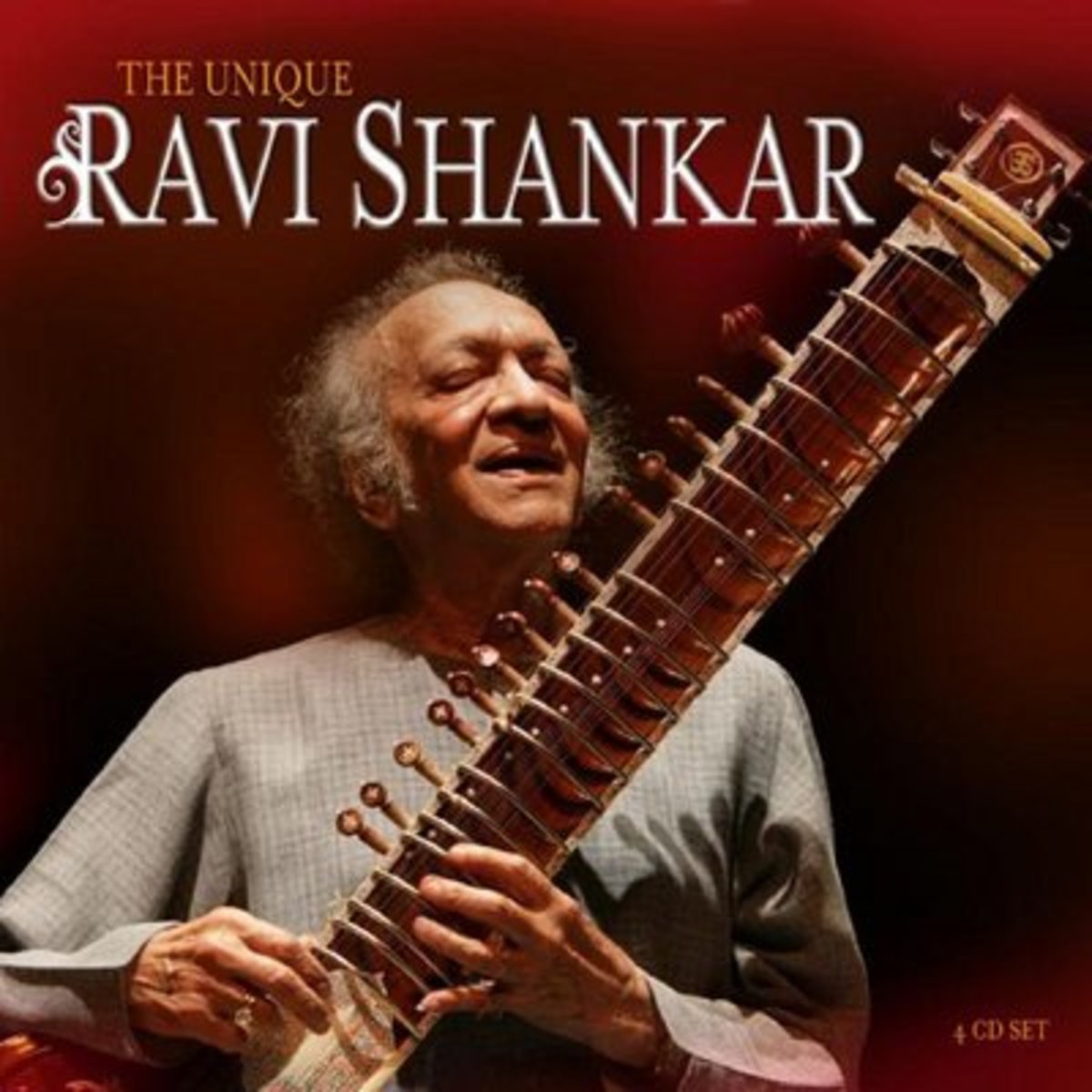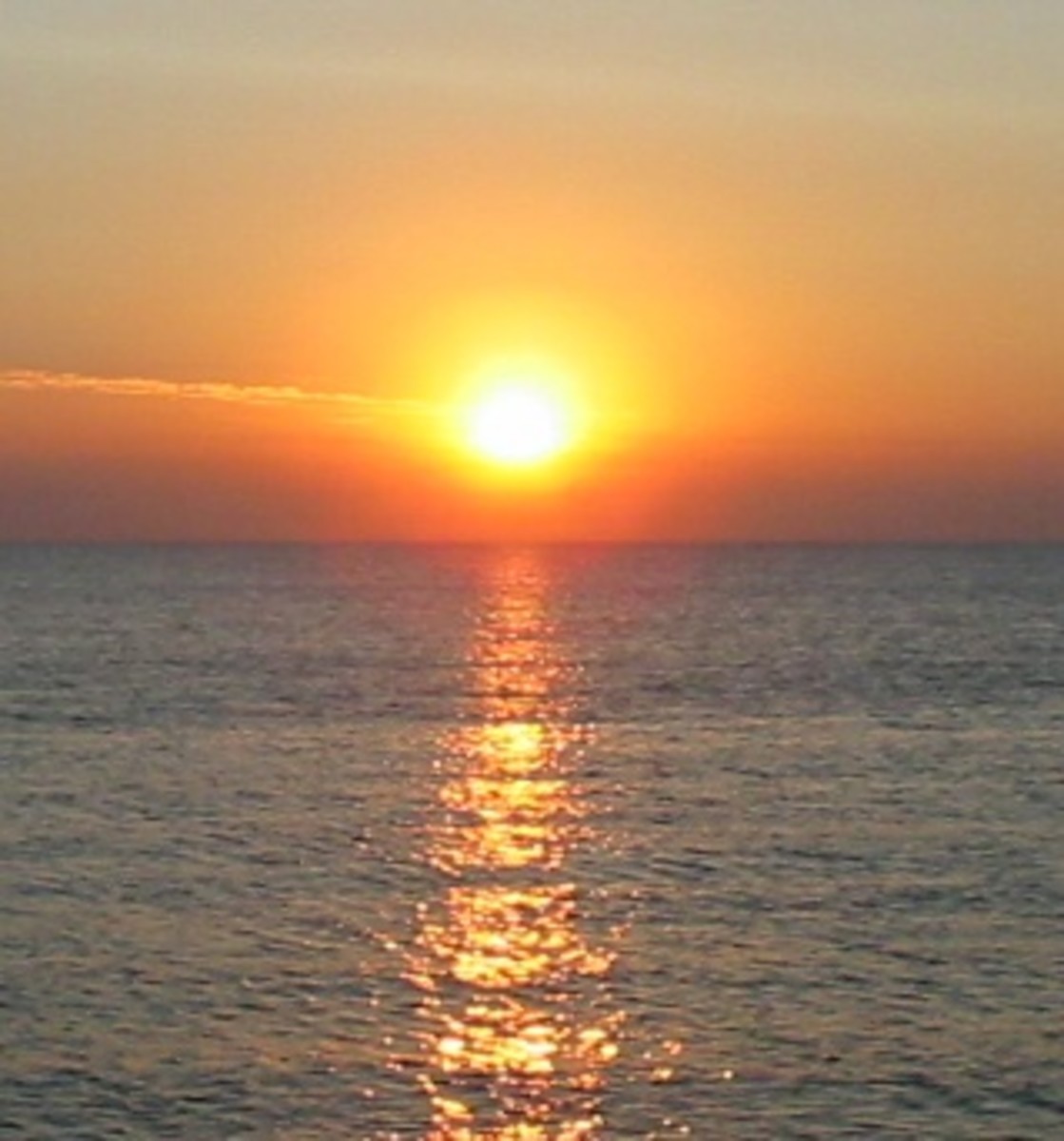A Brief Glance at Handel's Oratorio Through the Eyes of Messiah
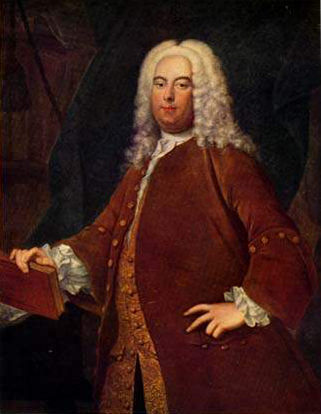
![Georg Friedrich Hndel; By anonymous English painter [Public domain], via Wikimedia Commons Georg Friedrich Hndel; By anonymous English painter [Public domain], via Wikimedia Commons](https://usercontent1.hubstatic.com/5064642_f520.jpg)
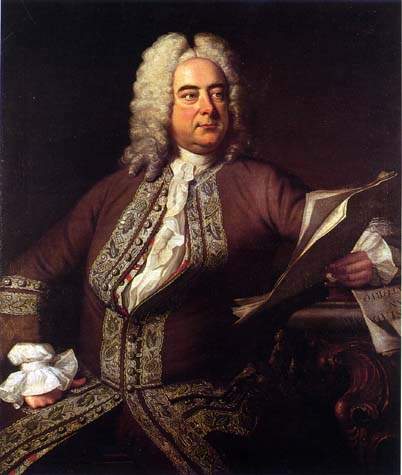
![Balthasar Denner [Public domain], via Wikimedia Commons Balthasar Denner [Public domain], via Wikimedia Commons](https://usercontent2.hubstatic.com/5064651.jpg)
![Scanned by NobbiP (scanned by NobbiP)[see page for license], via Wikimedia Commons Scanned by NobbiP (scanned by NobbiP)[see page for license], via Wikimedia Commons](https://usercontent1.hubstatic.com/5064652_f520.jpg)
A Brief Biography
Georg Friedrich Händel was born on February 23, 1685, in Halle, Germany, to Georg and Dorothea Händel.[1] Though his father wanted him to grow up and attend law school, Georg was thrown onto a musical path during a fateful visit to Saxe-Weissenfels. He was playing the organ in the chapel, when Duke Johann Adolf heard the music and recommended that Georg be sent to Friedrich Wilhelm Zachau for lessons, and so he was.
After his father’s death, Händel entered the University of Halle and studied law for three years, but became increasingly certain that he was not cut out for a legal profession.[2] Soon after law school, he produced his first opera, Almira , which was soon followed by Nero (both produced in the early months of 1705).
Knowing a wealth of musical knowledge resided in Italy, Händel embarked the following year on a long voyage to several Italian cities, including Florence, Rome, Naples, and Venice. The first opera he composed while in Italy was produced in 1707 and called Rodrigo . He also produced his first oratorio (La Resurrezione ) while in Rome in 1708. After four years of composing and learning, Händel returned to Germany, where he was named Kapellmeister to the Elector of Hanover. With the Elector, he traveled to England in 1711 and even produced an opera (Rinaldo ) that was performed in the Queen’s Theatre. He returned to Hanover, but was back in England the following year––this time to stay.[3]
In 1714 Queen Anne died and left the throne to King George I (the former Elector of Hanover). Due to the change in power and relocation of his employer, Händel remained in England for the rest of his life (besides one or two brief visits to Germany). He continued to produce operas (Il pastor fido ) and other works, including the sacred Te Deum and Jubilate . He composed his famous Water Music in the year 1717.
Later that year he became the resident composer for the Duke of Chandos, for whom he wrote several anthems, a secular oratorio, and the oratorio Esther . The following decade consisted of Händel turning out opera after opera. These included: Florindante , Giulio Cesare , Tolomeo , Lotario , and Orlando , among many others. In 1727, Händel became a British subject, and anglicized his name to the more widely known spelling: George Frideric Handel.
The following year, Handel became involved in the management of the King’s Theatre, where he spent several years competing with The Opera of the Nobility. It was not until 1734 that he established his own opera company at Covent Gardens. The opening performance for the new company was a revised version of Handel’s Il pastor fido.
The next few years presented another season of composing opera in Handel’s life, though for the most part, these operas were not well received.[4] It was also a time plagued by debt and illness (Handel suffered from gout attacks and even some stroke-induced paralysis). Thankfully Handel’s health improved, his friends helped him out of his debt, and he began working again––but his days of opera composing were nearly ended.[5] In 1741, Handel produced his last opera: Deidamia .[6]
Shortly before Deidamia , in 1739, Handel presented two new oratorios to the public: Saul and Israel in Egypt . Much like the years 1720-1730 were consumed by opera, Handel spent the 1740s focused on oratorios. He produced works like Samson and Messiah (1741), Semele (1743), Hercules (1744), Judas Maccabaeus (1746), Joshua (1747), Solomon (1748), Jephtha (1751), and others. Additional music from this time period included music inspired by poets Dryden and Milton (Ode for St. Cecilia’s Day and L’Allegro, il Penseroso, ed il Moderato , respectively), and his famous Music for the Royal Fireworks .[7]
Sadly, his work was halted when his eyesight began to fail in the early 1750s.
He underwent several surgeries for cataracts, but these were unsuccessful.
Though he still made appearances at the organ when his works were performed,
Handel’s years of composing were drawing to a close. He made his last
appearance at a performance of Messiah in Covent Gardens, and then died eight days later on April 14, 1759.[8]
He is buried at Westminster in a grave marked by a statue that his friend had
commissioned from Louis François Roubillac, years before Handel’s death.[9]
A History of the Oratorio
Handel is perhaps best known for his oratorios, but though English oratorio is said to be “the only important innovation of [Handel’s] career,”[10] oratorio as a genre did not originate with him. Oratorio and opera have similar roots––both genres can claim beginnings in the liturgical music dramas that were popular throughout Europe during the tenth century. These were performed in churches with elaborate detail and their obvious purpose was to “bring home to the people’s pulses the lessons taught by the Bible.”[11]
Another important step in the development of both opera and oratorio were the Italian mystery plays (known as sacre rappresentazioni). By the sixteenth century when these plays were especially popular, they had become an interesting combination of songs, dances, hymns, and drama. La Rappresentazione di Anima e di Corpo by Emilio de’ Cavalieri is the first work that modern writers identify with the genre of oratorio, and is the reason that most authors identify the year 1600 with the birth of the oratorio.
The term "oratorio" itself did not become popular until the middle of the sixteenth century, and even then it was used interchangeably with words like rappresentazione, drama sacro, azione sacra, and dialogo per music. Other important early oratorios include those written in Latin by Giacomo Carissimi. These works “arose from a Jesuit attempt to strengthen the religious hold on oratorio and re-assert its didactic purpose.”[12] The oratorio volgare emerged as a substitute for opera during the penitential seasons of the church calendar.
Though this genre was basically “opera in all but name,” the distinction in performance seasons paved the way for the antithesis between oratorio and stage action that is generally assumed today. During Handel’s visit to Italy, the oratorios of composers like Stradella, Scarlatti, Porpora, and Pergolesi were the most prevalent, and many of these works were likely staged. In Handel’s home country, oratorios were influenced by the settings of the Passion story that were common in Germany. Heinrich Schütz and Thomas Selle were both influential in the development of these “Oratorio-Passions.”[13]
Handel's Use of Oratorio
Though oratorios are focused primarily on vocal music, Handel’s works all include some combination of instrumental symphonies and overture. Though the overtures were not always newly composed for their specific oratorios (they were often reused from previous works), Handel generally wrote them before he started work on the large portions of the work. Though several of the overtures are French in style, beginning with a slow movement full of dotted rhythms and progressing into a faster fugal movement, they are not all uniform and can consist of anywhere from two to four movements. Only two of the overtures are overtly programmatic, but several others “refer less literally but quite perceptibly to elements in the story.”[14]
Besides the beginning overtures, there are also instrumental symphonies that are placed within the oratorios. Saul was the first of Handel’s oratorios to include any of these symphonies, and, in fact, incorporated five. In this oratorio, the symphonies perform several purposes including: “[...] tonal unity (all five symphonies, as well as the overture and final chorus, are in C major), dramatic emphasis (each symphony occurs at a turning point in the action), pictorial suggestion, and indication of the passage of time.”[15] Saul was the first and last of Handel’s oratorios to use the symphonies for these purposes, but it was the beginning of a trend––nearly every one of his oratorio’s that followed included at least one symphony, with the exception of Susanna and The Choice of Hercules.[16]
Of the three types of vocal movements that Handel uses in his oratorios (choruses, arias, and recitative), the choruses are by far the most prevalent. These choruses serve various purposes, but are often placed at key points of action within their oratorios.[17] Handel also seemed to enjoy using choruses to sum up a moral issue, especially in his Old Testament oratorios. These morals, however, were “invariably dramatic, never didactic; that is to say, [they] arise from the action and [are] worked out in terms of human conflict.”[18] The structure of these choruses varies greatly. They can include any one or combination of the following forms (as analyzed by Leichtentritt and Bukofzer):
“[...] the richly worked canto fermo, a product of Handel’s German heritage (‘Your harps and cymbals sound’ in Solomon), the vocal prelude and fugue (carried to its highest elaboration in Belshazzar), the motet-madrigal, often with unaccompanied sections and incorporating the Venetian double chorus (‘Immortal Lord’ in Deborah, ‘Recall, O King’ in Belshazzar), the short angular contrapuntal chorus of Carissimi (‘Awake the trumpet’s lofty sound’ in Samson), the dramatic ensemble (‘All your boast’ in Deborah, ‘Fix’d in his everlasting seat in Samson), the Purcellian action piece (‘Cease your vows’ in Semele, ‘Mistaken Queen’ in Alexander Balus), the choral da capo aria (‘Love and Hymen’ in Hercules), the melodic and homophonic choral dance, generally reserved for pagans (Athalia, Semele, Theodora), the choral recitative, sometimes in eight parts (Athalia, Israel in Egypt), the concerto grosso extension with vocal and/or instrumental concertino (‘Glory to God’ in Joshua), the massive chaconne, generally enforcing a moral truth (‘Envy, eldest born of hell’ in Saul), and [...] ‘the airy texture of the continuo madrigal [...]’ (‘Wanton god of amorous fires’ in Hercules).”[19]
The arias in Handel’s oratorios have a wider variety in form than those in his operas. In general, the vocal parts are not as virtuosic as the contemporary audiences had come to expect. Part of this was due to the decline of the da capo aria. While Handel still used the da capo for “static episodes,”[20] he turned to other forms of aria when he wanted to move the plot quickly. Without the restrictions of form placed by the da capo aria (which in essence required the plot to fold back on itself), Handel could be free to “follow the sense of the words as he thought fit.”[21] Often this meant that his arias were left “incomplete” because he would bring them to a close without a return, would run straight into the next movement, or would end in a way that seemed harmonically out of place.
Another important element of the da capo aria’s decline was the removal of the “exit convention.” This meant that soloists were not leaving the stage after their arias, and thus there was no need to “manufacture reasons to bring the singers back on stage.”[22] Plots became more straightforward, and thus much simpler to dramatize with music.
Also important to moving the Handel’s plots is the recitative. He uses a great deal of recitativo accompagnato in which the sung text is supported or punctuated by the full orchestra, instead of just the basso continuo, as in secco recitative.[23] Though accompanied recitative is probably the more prevalent form, Handel does use the secco, or “dry,” recitative, or even an occasional combination of the two.
On the Messiah
The most well known of Handel’s oratorios is without a doubt his Messiah, which has been performed nearly every year since it’s first debut on April 13, 1742, in Dublin.[24] Though it has sustained intense popularity, Messiah is by no means a typical Handelian oratorio. The subject matter is one of the most obvious differences. Whereas most of Handel’s oratorios are based on Old Testament stories or ancient myths, Messiah is composed entirely of verses from or pertaining to the New Testament birth, death, resurrection, and work of Christ.
As far as form, Messiah includes all of the same genres of Handel’s typical oratorio, but is arranged into three acts, instead of the usual two. The first part deals with the prophecy pertaining to Christ and his birth. Part two talks about his suffering, death, and spread of his doctrine. And the final part speaks of the redemption of the world through faith.[25] Besides the subject matter and the number of movements, Messiah is different in that it is not an “actable” drama. While none of Handel’s other oratorios are staged, they still include typical elements of drama like a plot, characters, and usually a narrator––Messiah includes none of these.[26]
As mentioned, Messiah does include the typical vocal and instrumental oratorio genres (those being overture, instrumental symphony, chorus, aria, and recitative). The overture is modeled after the French Overtures of Lully, which “moves from a slow introduction with dotted rhythms to a fast imitative section.”[27] Once the Allegro is introduced, the pace does not slow until the very end, as was common in Baroque style.[28]
Handel only employs one other instrumental number in Messiah and that is the Pastoral Symphony, which takes place in the middle of part one. The symphony is based on an Italian folk dance, and prepares the listeners for the following recitatives, which center around the idea of shepherds in the field.[29]
The choruses in Messiah are generally proclamatory, with messages like “Glory to God” [30] and “Hallelujah!”[31] Even those with a longer message tend to declare some great truth, like “His yoke is easy, and His burthen is light”[32] or “For unto us a Child is born.”[33] The majority of the choruses are also highly imitative. Some, like No. 39 “Their sound is gone out into all lands,”[34] are outright fugal, with each voice being allowed an entrance with the main theme, even including a sort of countersubject.
There are some exceptions to the imitative proclamations that seem predominant. Both No. 24 “Surely He hath borne our griefs”[35] and No. 46 “Since by man came death”[36] are chiefly homophonic. Interestingly, both of these choruses seem to be “plot oriented” in a sense. With words like “Since by man came death, by man came also the resurrection of the dead. For as in Adam all die, even so in Christ shall all be made alive,” they have a message to convey and do not waste any time in doing so. Both choruses are shorter, and do not take time for imitative repetition or the typical melismatic passages of the other Handelian choruses.
Messiah’s arias, which are generally preceded by recitative for a soloist of the same vocal range, serve a similar purpose to choruses 24 and 46. They have a message to convey, though with a great deal more virtuosity than is seen in the choruses. Except for a limited number of the arias, Handel steers clear of the da capo form in Messiah, allowing the “plot” or message to be conveyed in a relatively straight-forward manner. The da capo arias include: No. 18 “Rejoice greatly, O daughter of Zion,”[37] No. 23 “He was despised,”[38] and No. 48 “The Trumpet Shall Sound.”[39]
On a side note, the very first aria, which is for tenor, provides some of the best examples of Baroque style text painting. The words “and every mountain and hill made low” are set to a melody line that rises up the octave with the mountains and falls back to the original F on the word “low.” Similarly, the phrase “the crooked straight, and the rough places plain” is set, several times, to a rocky or undulating melody.[40]
The recitatives in Messiah, which precede over half of the arias, are predominantly accompagnato. Six of the sixteen recitatives are secco, or accompanied only by basso continuo. In general, the recitative is the plot mover. Even though Messiah does not have a typical storyline, there are little pieces of plot to be had. For example, the texts in nos. 14-16 tell of the angels coming to the shepherds in the fields: “And lo! The angel of the Lord came upon them, and the glory of the Lord shone round about them, and they were sore afraid.”[41]
As shown, though Messiah is in many ways atypical, it can be used to explore the characteristic construction that Handel often employs in his oratorios. His use of chorus, aria, recitative, and instrumental music have fused together to create a broader genre that is made recognizable to many through works like Messiah. While Handel by no means invented the oratorio, he made great strides in defining what modern audiences think of the English oratorio.
Sources
Baker, Theodore. “Handel, George Frideric.” In Baker’s Biographical Dictionary of Musicians. 7th ed., rev. by Nicolas Slonimsky. Oxford: Oxford University Press, 1984.
Bonds, Mark Evan. A History of Music in Western Culture: Antiquity through the Baroque Era. 3rd ed. Upper Saddle River, NJ: Prentice Hall, 2010.
G. F. Handel. The Messiah. Ed. T. Tertius Noble. New York: G. Schirmer, Inc., 1912.
Machlis, Joseph. The Enjoyment of Music. New York: W. W. Norton and Company, 1984.
Shippen, Katherine B. and Anca Seidlova. The Heritage of Music. New York: The Viking Press, 1963.
Vickers, David. “Messiah: ‘A Sacred Oratorio.’” GFHandel.org, http://gfhandel.org/messiah.htm (accessed November 2, 2004).
Winton, Dean. Handel’s Dramatic Oratorios and Masques. London: Oxford University Press, 1972.
Footnotes
[1] Theodore Baker, “Handel, George Frideric,” in Baker’s Biographical Dictionary of Musicians, 7th ed., rev. by Nicolas Slonimsky (Oxford: Oxford University Press, 1984), 939. [2] Katherine B. Shippen and Anca Seidlova, The Heritage of Music (New York: The Viking Press, 1963), 67-69. [3] Baker, 939. [4] Baker, 940. [5] Shippen and Seidlova, 71-72. [6] Baker, 941. [7] Baker, 941. [8] Shippen and Seidlova, 74. [9] Baker, 941. [10] Winton Dean, Handel’s Dramatic Oratorios and Masques (London: Oxford University Press, 1972), 3. [11] Dean, 5. [12] Dean, 7. [13] Ibid., 6-9. [14] Ibid., 71. [15] Ibid., 70. [16] Ibid. [17] Dean, 43. [18] Ibid., 40. [19] Ibid., 65. [20] Ibid., 68. [21] Dean, 67. [22] Ibid., 68. [23] Mark Evan Bonds, A History of Music in Western Culture: Antiquity through the Baroque Era, 3rd ed. (Upper Saddle River, NJ: Prentice Hall, 2010), 234. [24] David Vickers, “Messiah: ‘A Sacred Oratorio,’” GFHandel.org, http://gfhandel.org/messiah.htm (accessed November 2, 2004). [25] Vickers. [26] Bonds, 247. [27] Ibid., 230. [28] Joseph Machlis, The Enjoyment of Music (New York: W. W. Norton and Company, 1984), 414. [29] Ibid., 414. [30] G. F. Handel, The Messiah: An Oratorio, Ed. T. Tertius Noble (New York: G. Schirmer, Inc., 1912), 82. [31] Ibid., 193. [32] Ibid., 98. [33] Ibid., 66. [34] Handel, Messiah, 169. [35] Ibid., 113. [36] Ibid., 210. [37] Ibid., 87. [38] Ibid., 108. [39] Ibid., 214. [40] Joseph Machlis, 414-415. [41] Handel, Messiah, 79.



